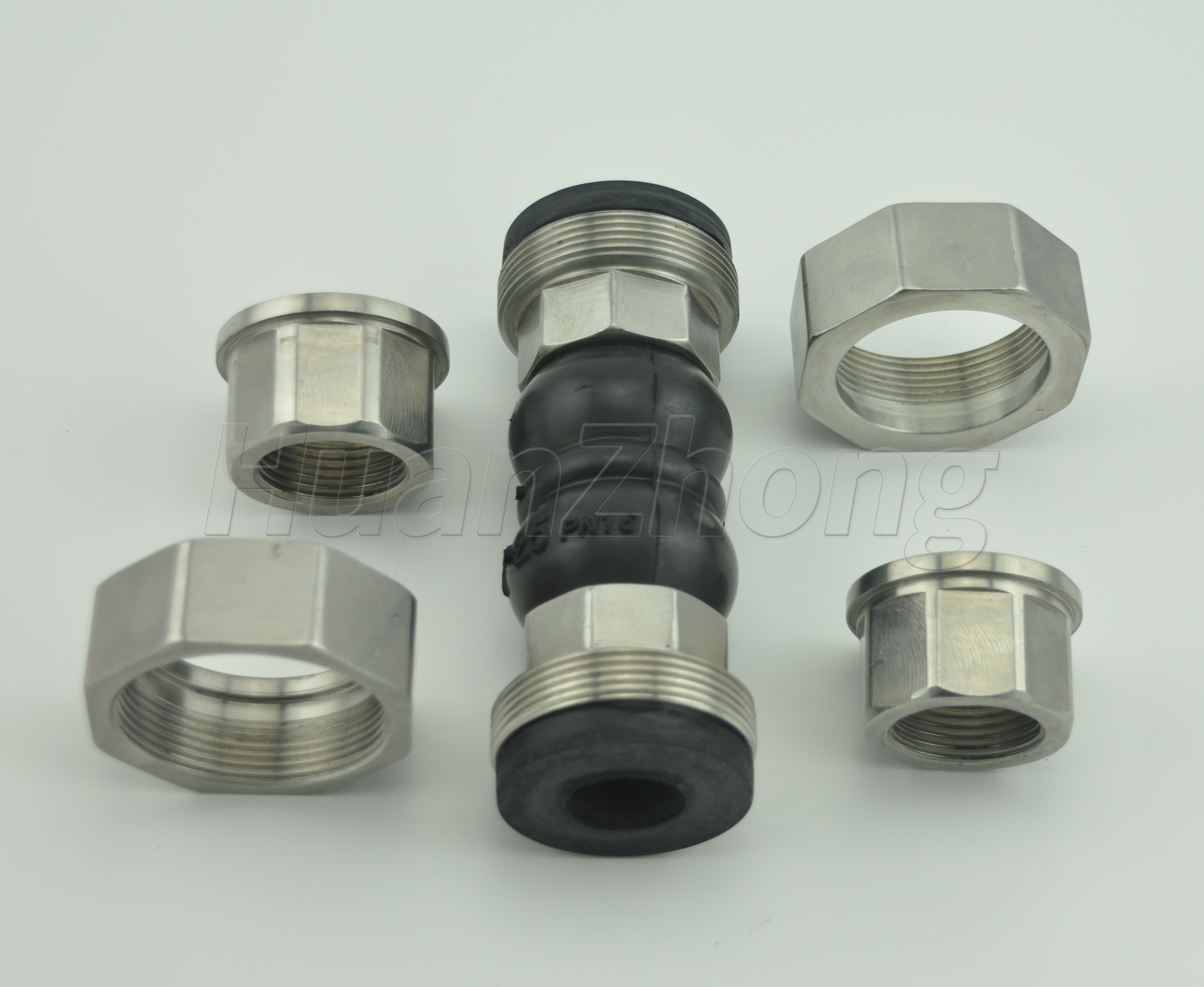Standard selection of materials for rubber flexible joints for pipelines
Rubber flexible joints for pipelines generally consist of hollow cylinder and metal reinforced flange. For the small size and not too high application pressure, the structure of the barrel and the connecting flange can be in various forms, including a flange structure at one end and a mobile flange structure at the other end, or both. In general, sealing is not a problem. However, when the specifications are very large and high pressure, the structural form of barrel goods and connecting flange will clearly put forward better special requirements.
For example, it is stipulated that the flange of barrel goods and metal material to strengthen the flange connection is reliable, and the sealing function is reliable and reliable. When the actual effect of the seal is weakened, you can tighten the flange again to improve the sealing characteristics, loosen the bolt, remove the pressure ring, and then put in a layer or two layers of seals, stuck pressure ring, used again. There is no regulation on the chloride ion content, which is especially suitable for the system where the chloride ion content in the substance or the surrounding environment exceeds the standard. Sleeve specifications are divided into single-sided and double compensation structures. The double feature is that the rolling sleeve specification is rolling no matter where the material is injected from to achieve double compensation effect and expand the compensation amount.
The raw materials of pipeline rubber flexible joint are different according to the application place, and the goods can be made of different compound materials. It can be carbon steel, pig iron, etc. The pipeline rubber flexible joint is an ideal upgrade commodity of metal material rigidity rubber flexible joint. When producing large diameter rubber flexible joints, the raw materials must be selected according to the national standard set of specifications to ensure the long operation of the pipeline.
